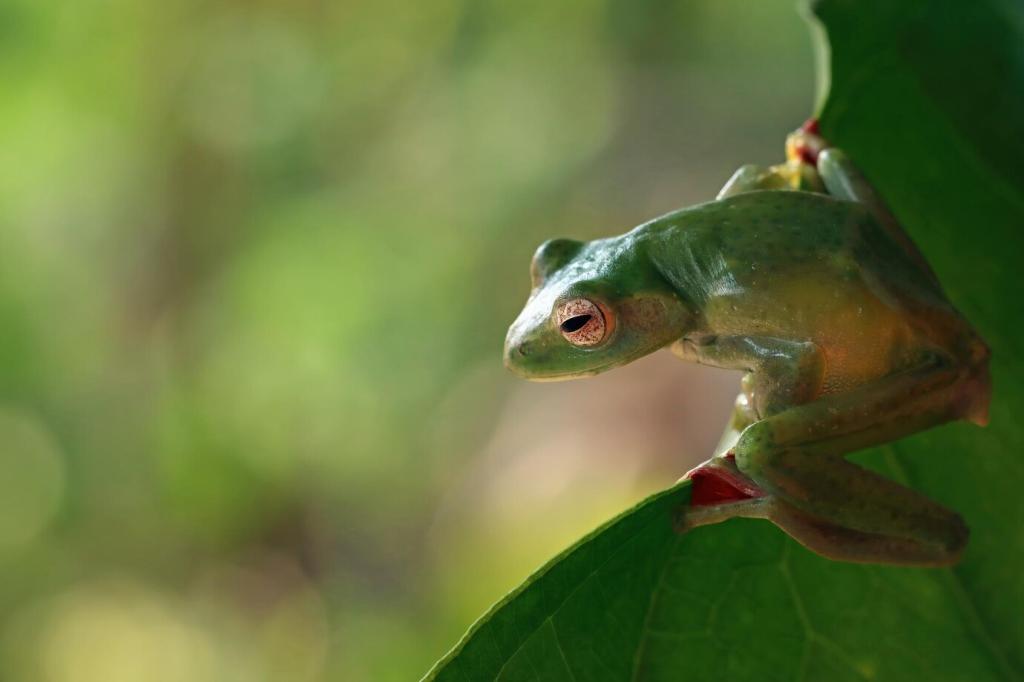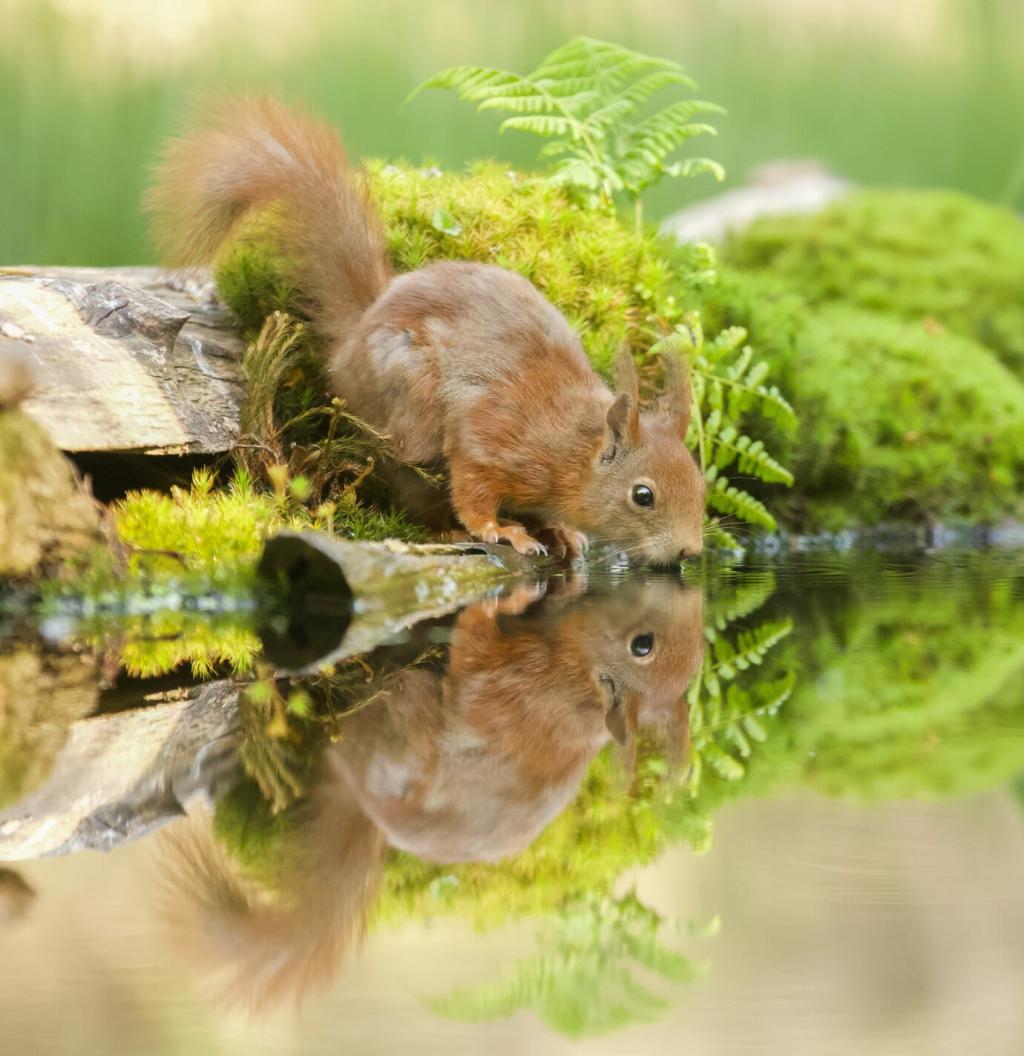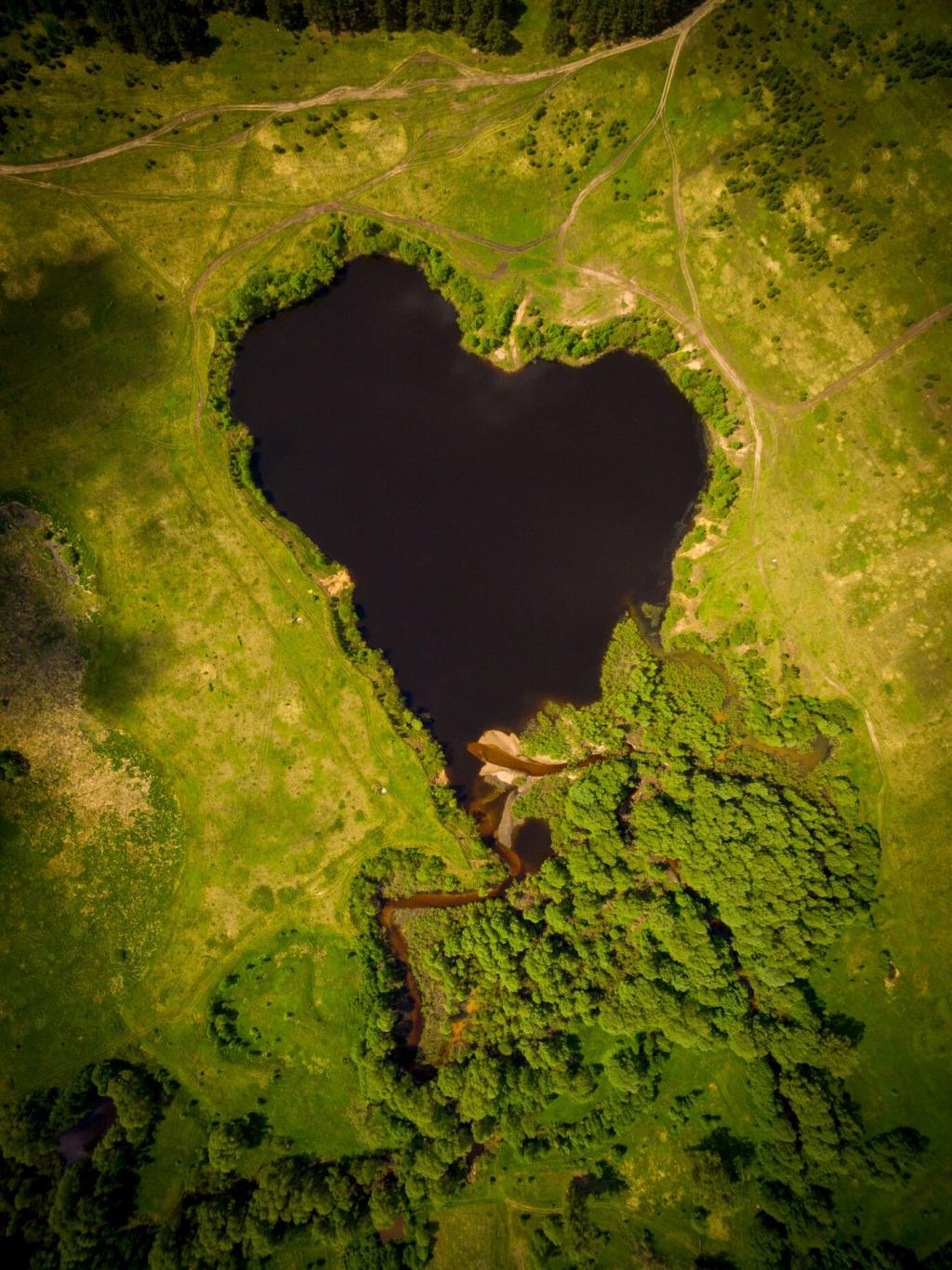Climate Change Impact on National Park Ecosystems
Shifting Seasons, Changing Parks
Across many mountain parks, winter snowpack is thinning and melting earlier, starving late‑season streams and meadows of dependable moisture. In Yosemite and Rocky Mountain, rangers report drier high-country wetlands by midsummer, stressing amphibians and wildflowers that evolved with long, cool springs. Earlier melt also fuels longer fire seasons, compounding risk across interconnected habitats.
Wildlife on the Move
Pikas at the Edge of the Sky
American pikas, heat‑sensitive alpine specialists, depend on cool talus slopes. Volunteers hiking a familiar scree field in August reported fewer chirps than past summers, a quiet that felt unsettling. Microrefugia—shaded rock piles and lingering snow patches—still offer relief, but without connected, high‑elevation corridors, these small mammals face shrinking islands of livable climate.
Migratory Birds Rewriting Their Timetables
Warblers and flycatchers are arriving earlier along major flyways, chasing insect hatches that now peak sooner. Some reach breeding grounds only to find drought‑shrunken wetlands and sparse cover. Park biologists stitch together clues from eBird checklists and banding stations, and your sightings matter. A single timely report can help confirm shifting routes and guide habitat restoration.
Cold‑Water Fish in Hotter Streams
Trout and salmonids struggle as stream temperatures push beyond their comfort thresholds, especially during low summer flows. Parks are restoring shaded riparian corridors, reconnecting side channels, and replacing perched culverts so fish can move to cooler refuges. Anglers now carry thermometers, choosing dawn hours and retiring lines when water warms, protecting stressed fish during heat waves.
Fire Regimes in a Warming World
In the southern Sierra, a century of fuel buildup met drought and heat, and some giant sequoia groves suffered unprecedented losses. Parks are expanding prescribed fire and mechanical thinning to restore open, patchy forests that resist crown fires. The lesson is sobering yet practical: good fire, used carefully, can protect old giants and the ecosystems that surround them.
Fire Regimes in a Warming World
Tribal nations have tended these landscapes with cultural burning for millennia, stewarding habitat for foods, fibers, and ceremony. Partnerships with Indigenous fire practitioners are reshaping park strategies, emphasizing seasonality, scale, and humility. When fire returns as a respectful tool rather than only a threat, biodiversity follows—acorns, camas, and butterflies responding in resilient mosaics.


Water, Ice, and Coastlines in Flux
Glaciers in parks like Glacier and North Cascades are thinning and retreating, changing downstream flow timing and summer water temperatures. Cold, steady melt once buffered streams through August; now some creeks shrink and warm sooner, squeezing aquatic insects and fish. Photographers replicate century‑old images, the ice line stepping back frame by frame, a visible archive of change.

Water, Ice, and Coastlines in Flux
Prolonged drought weakens trees, inviting bark beetle outbreaks that can turn hillsides red in a single summer. Parks sometimes close campgrounds for hazard tree removal, a safety measure that hints at deeper forest stress. Restoration crews plant diverse, climate‑tolerant seedlings and thin dense stands to conserve water, buying time while broader climate solutions take root.
Building for Floods We Haven’t Seen Before
Trail crews are elevating boardwalks, raising bridge decks, and relocating facilities out of historic floodplains to withstand future extremes. After a record‑breaking flood, one park rerouted a beloved riverside road upslope, adding overlooks that interpret the event. These choices balance access with safety, inviting us to witness dynamic rivers without putting people or habitats in harm’s way.
Citizen Science That Counts
Your photos and field notes can become real data. Through iNaturalist, eBird, and Nature’s Notebook, visitors document bloom dates, insect emergences, and wildlife sightings that help scientists track shifting baselines. A child’s snapshot of an unusually early butterfly can flag a trend. Add your observations, subscribe for prompts, and watch your contributions shape conservation decisions.
Education that Empowers, Not Overwhelms
Campfire talks and guided walks now spotlight solutions: green infrastructure, collaborative burning, habitat corridors, and personal carbon choices. One evening program ended with families writing postcards to their future selves, pledging a single action to revisit next summer. Share what inspires you most, ask tough questions, and sign up for updates so we can learn together.

What You Can Do—From Trailhead to Home
Choose shuttles or carpools, charge an electric vehicle where available, and pack reusable bottles and utensils. Hike during cooler hours, stick to durable surfaces to protect heat‑stressed vegetation, and plan routes that reduce backtracking. These habits cut emissions and safeguard fragile soils and plants already coping with warmer, drier conditions.
Join volunteer days pulling invasives after rains loosen roots, or help replant willows along scoured banks to cool streams. A group of teenagers shared how their muddy Saturday turned meaningful when trout returned to a shaded bend the next summer. Donate if you can, and tell policymakers you support climate‑smart funding for parks and communities.
Your story matters. Post a note about the first wildflower you spotted, the smoky sunset that surprised you, or the ranger who changed your perspective. Subscribe for monthly field diaries, respond with questions we should tackle next, and invite a friend. Together, our attention and care can steady the places we love through rapid change.

